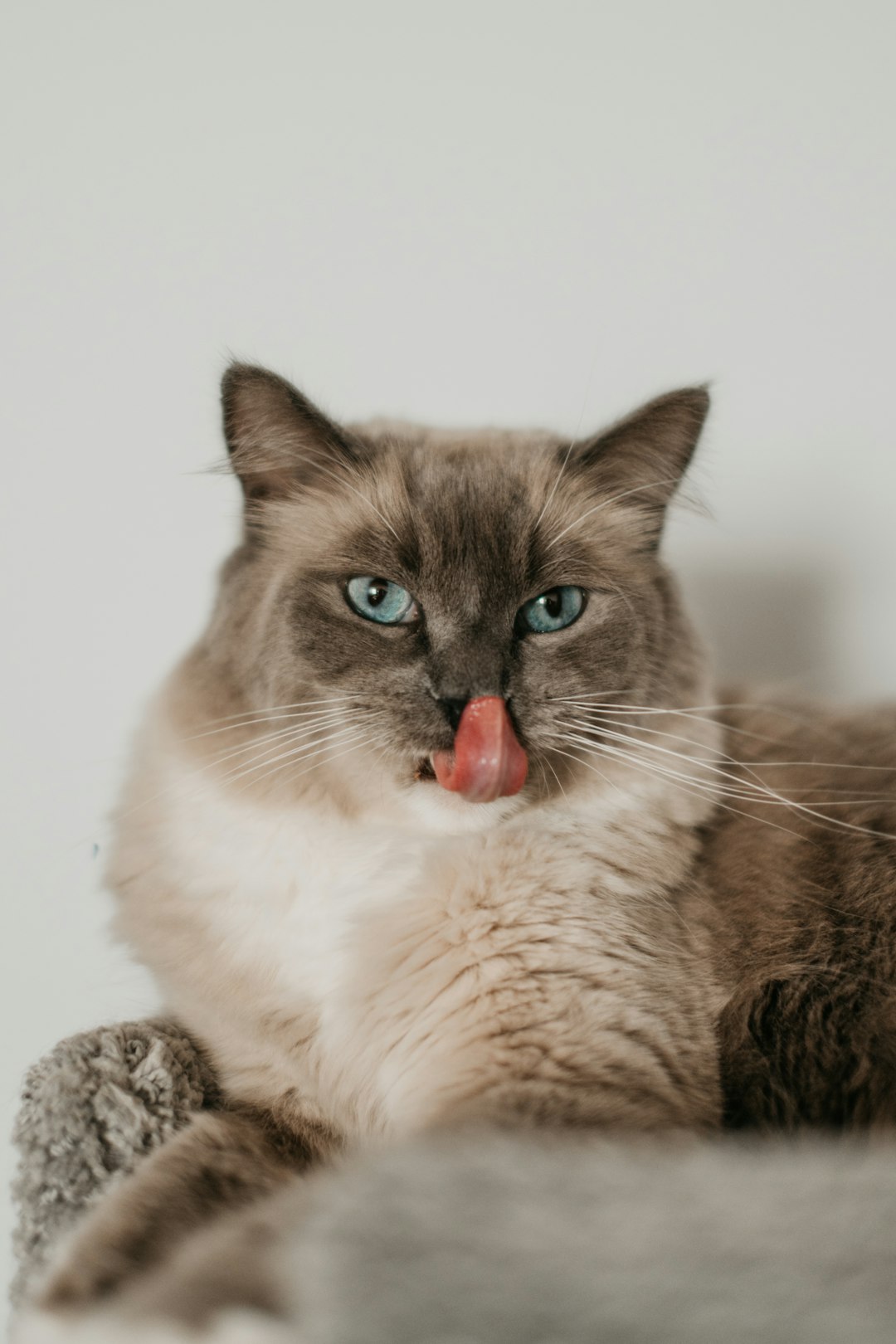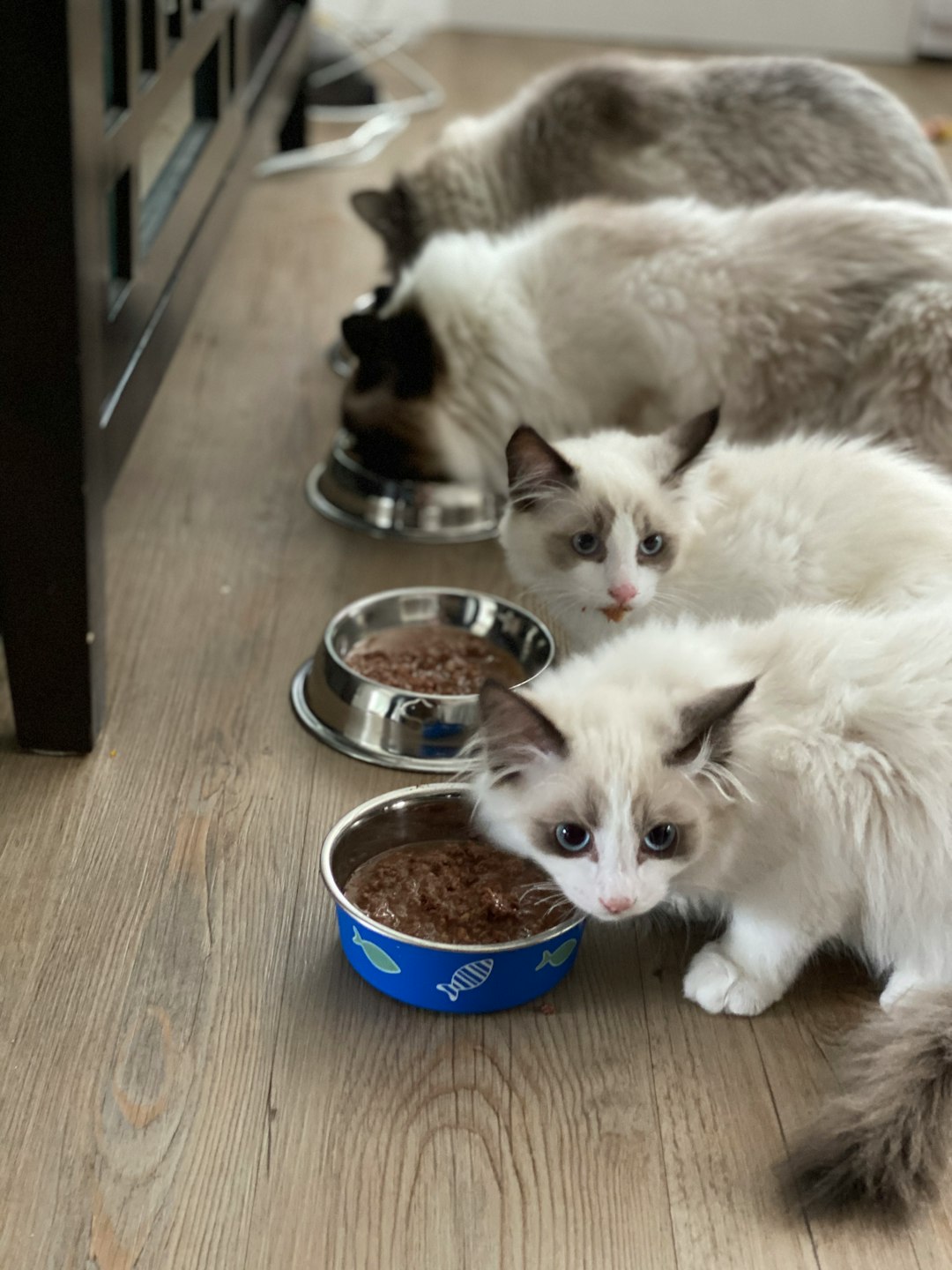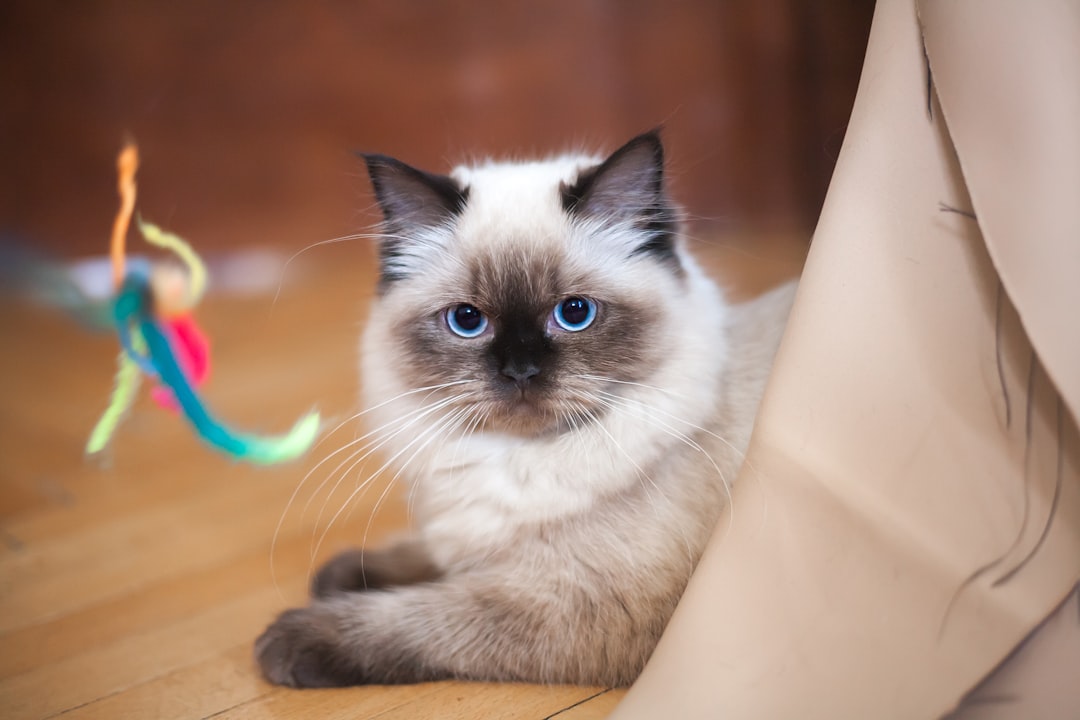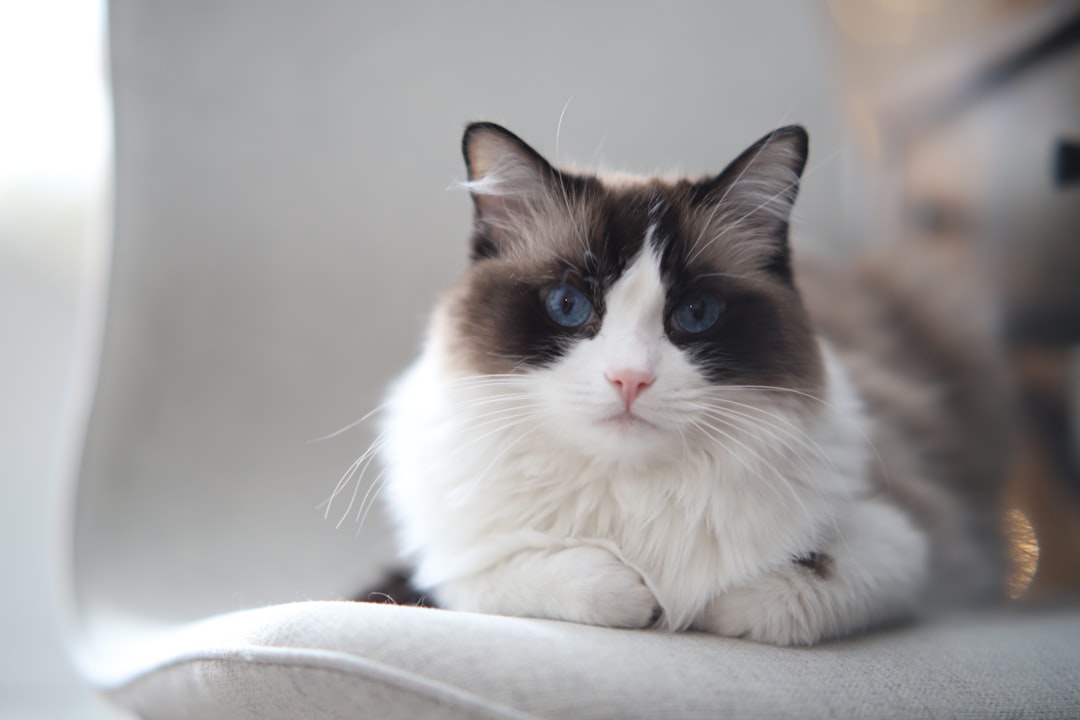Bengal cats are not only admired for their striking appearance but also for their unique personality. Understanding the Bengal cat price involves analyzing various factors that affect their value. From the breeder’s reputation and the cat’s pedigree to its age and health status, each aspect contributes significantly to the overall cost. Moreover, market demand and geographical location play crucial roles in determining how much you can expect to spend. By exploring these elements, potential buyers can make informed decisions and appreciate the true worth of these captivating felines.
Factors Influencing Bengal Cat Prices
Understanding Bengal cat price is crucial for potential buyers. Several factors contribute significantly to the varying costs of these unique cats. Here are some key influences:
- Breeder’s Reputation: Established breeders with a proven track record usually charge higher prices due to their commitment to quality and ethical practices.
- Pedigree and Bloodlines: Cats from champion bloodlines or notable ancestry tend to have higher prices, reflecting their lineage.
- Age and Health Status: Kittens generally cost more than adults. Also, a health guarantee can increase a cat’s price.
- Physical Characteristics and Traits: Unique features, such as coat patterns and colors, can affect the Bengal cat price. Rare coat colors command higher prices.
- Market Demand and Location: Prices can fluctuate based on regional demand; urban areas with higher demand may see elevated costs.
To summarize, potential buyers should consider these factors when evaluating Bengal cat prices to ensure they make an informed decision.

The Breeder’s Reputation
The reputation of the breeder significantly impacts Bengal cat prices. Here are some key factors to consider:
- Experience and Expertise: Established breeders with years of experience often charge more due to their knowledge of genetics and breeding practices.
- Health Guarantees: Reputable breeders conduct health screenings and provide guarantees, ensuring a healthy kitten and justifying a higher Bengal cat price.
- Ethical Practices: Responsible breeders prioritize the well-being of their cats, avoiding overbreeding and providing proper care, which reflects in their asking prices.
- Customer Testimonials: Positive feedback from previous buyers can indicate a breeder’s quality, often leading to increased demand and, consequently, higher prices.
Comparison of Breeder Types
| Breeder Type | Price Range | Health Guarantee | Ethical Practices |
|---|---|---|---|
| Reputable Breeder | $1,500 – $3,000 | Yes | Yes |
| Backyard Breeder | $800 – $1,500 | Sometimes | No |
| Pet Store | $1,000 – $2,000 | Unverified | Varies |
In conclusion, investing in a Bengal cat from a reputable breeder may lead to higher initial costs but ensures quality and well-being, greatly influencing the overall Bengal cat price.
Pedigree and Bloodlines
When assessing Bengal cat price, pedigree and bloodlines play a significant role. These factors directly influence the cat’s perceived value and can greatly affect its market price. Here’s a closer look at how these aspects weigh in:
- Purebred Status: Bengals that descend from recognized lineage often command higher prices. Authentic pedigree documentation can assure buyers of their cat’s lineage.
- Champion Bloodlines: Cats that come from award-winning lines typically have a higher price tag due to their enhanced traits and genetics. Breeders often charge more for these notable family connections.
- Genetic Health: Bengals with a strong pedigree are less likely to carry hereditary health issues. This assurance can add to the overall Bengal cat price, as buyers consider long-term health costs.
- Coat Patterns and Colors: Unique colorations or patterns can also factor into pricing. Bengals showcasing rare traits from distinguished bloodlines usually draw higher bids.
In summary, investing in a Bengal with impressive pedigree and bloodlines can sometimes offer both aesthetic and health benefits, justifying a higher Bengal cat price.
Age and Health Status
When considering the Bengal cat price, age and health status significantly influence the overall value. Here’s how:
Kittens: Generally, Bengal kittens command a higher price due to their popularity and rarity. Prices can range from $1,000 to $3,000 depending on the breeder and the kitten’s lineage.
Adults: Adult Bengals are often more affordable, averaging $500 to $1,500. However, potential owners should consider their health history and any previous breeding.
Health Status: A veterinary-verified health record enhances a Bengal car’s value. Factors include:
- Vaccination status
- Genetic testing for common breed ailments (e.g., hip dysplasia)
- Recent health check-ups
Having a healthy Bengal means fewer future costs, which some buyers consider worth the initial Bengal cat price. In summary, health and age are crucial elements in determining not only the upfront cost but also the long-term enjoyment and companionship these cats provide. When assessing Bengal cat price, factor in the condition and stage of life of your potential pet.

Physical Characteristics and Traits
When considering Bengal cat price, potential buyers should pay close attention to a cat’s physical characteristics and traits. These elements significantly influence their market value. Below are the key traits impacting the price:
- Coat Patterns: Bengals are renowned for their unique spotted or marbled coat. High-quality patterns often command higher prices.
- Color Variations: Bengals come in various colors, including brown, snow, and silver. Rare colors typically increase the Bengal cat price.
- Eye Color: Striking green or blue eyes can boost a cat’s aesthetic appeal and, consequently, its value.
- Body Structure: A muscular build and graceful movements are prized traits, often leading to higher pricing.
| Trait | Impact on Price |
|---|---|
| Coat Patterns | High |
| Color Variations | Medium to High |
| Eye Color | Moderate |
| Body Structure | High |
In conclusion, recognizing these characteristics ensures buyers understand how they affect the Bengal cat price and guide their purchasing decisions effectively.
Market Demand and Location
Understanding the Bengal cat price requires analyzing market demand and geographical factors. The value of these feline companions can shift significantly based on:
- Populating: Areas with a high interest in exotic cats often see a surge in demand, which can inflate prices.
- Availability: In locations with fewer Bengals, sellers may charge more, while competitive cities may drive prices down.
- Seasonality: Certain times of the year, like holidays, often increase demand, consequently affecting the Bengal cat price.
Price Comparison Table:
| Location | Average Bengal Cat Price | Demand Level | Market Characteristics |
|---|---|---|---|
| Urban Cities | $2,500 – $3,000 | High | Competitive with many breeders |
| Suburban Areas | $1,800 – $2,500 | Moderate | Fewer breeders; higher demand |
| Rural Regions | $1,500 – $2,000 | Low | Limited availability; lower competition |
Ultimately, the Bengal cat price reflects a blend of local demand and market conditions. By considering these factors, potential buyers can better gauge what to expect in their area.
Cost of Care and Maintenance
When considering the Bengal cat price, it’s essential to factor in the ongoing costs of care and maintenance. Owning a Bengal cat goes beyond just the initial purchase price. Here’s what you need to keep in mind:
- Food: High-quality cat food is essential for a Bengal’s health. Expect to spend around $30 to $50 monthly.
- Regular Vet Visits: Routine check-ups and vaccinations can add up to about $100 to $300 annually.
- Grooming: Bengals have short coats but may require occasional grooming. Budget around $20 to $40 for grooming supplies.
- Toys and Enrichment: Bengals are active cats that need stimulation. Spending around $10 to $30 monthly on toys is typical.
- Pet Insurance: Investing in pet insurance can range from $20 to $60 monthly, providing peace of mind against unexpected expenses.
In total, the ongoing care of a Bengal cat can cost approximately $600 to $1,200 annually. When you assess the Bengal cat price, remember to include these factors for a realistic view of owning this striking breed.

Comparison with Other Cat Breeds
When evaluating Bengal cat price, it’s crucial to compare them with prices of other popular cat breeds. This comparison helps potential owners understand the financial commitment involved in adopting a Bengal cat. Here’s a quick overview:
| Cat Breed | Typical Price Range | Distinct Features |
|---|---|---|
| Bengal Cat | $1,000 – $4,000 | Exotic coat, playful demeanor |
| Siamese Cat | $400 – $2,000 | Vocal, affectionate, striking color points |
| Persian Cat | $500 – $5,000 | Long fur, calm temperament |
| Maine Coon | $800 – $2,000 | Large size, friendly, tufted ears |
Key Points to Consider:
- Bengal cats typically cost more than many breeds due to their exotic appearance.
- Prices vary significantly based on factors such as lineage and breeder reputation.
- The Bengal cat price reflects a blend of unique traits, demand, and care needs.
By understanding how Bengal cat prices stack up against other breeds, prospective owners can make informed decisions regarding their future furry companions.
Frequently Asked Questions
What are the main factors that affect the price of a Bengal cat?
The price of a Bengal cat can vary significantly based on several factors, including the cat’s pedigree, coat pattern, and the reputation of the breeder. Cats with champion lineage or rare markings, like rosettes or glitter effects, tend to fetch higher prices. Additionally, the location of the breeder, demand in the market, and the cat’s age and health also play crucial roles in determining the price.
How much can I expect to pay for a Bengal cat?
The price for a Bengal cat typically ranges from $1,000 to as high as $4,000 or more, depending on various factors. Kittens from reputable breeders are usually on the higher end of this spectrum. Factors such as certification, gender, and particular traits like coloration or pattern can increase the cost. It’s important to budget for initial expenses as well, including vaccinations and spaying or neutering, which can add to the overall investment.
Are there additional costs associated with owning a Bengal cat?
Yes, owning a Bengal cat involves several ongoing costs beyond the initial purchase price. These include regular veterinary check-ups, vaccinations, quality cat food, litter, and potential grooming services due to their unique coats. Additionally, you should consider expenses for toys, scratching posts, and other enrichment items to keep your Bengal mentally stimulated. Pet insurance can also be a wise investment to cover unforeseen health issues.
Is it worth investing in a Bengal cat from a reputable breeder?
Investing in a Bengal cat from a reputable breeder is often worth it due to the assurance of health and temperament. Reputable breeders conduct health screenings and provide guarantees, which can save you from potential heartbreak and unforeseen veterinary bills. They also offer socialization, ensuring that the kittens are well-adjusted and can integrate smoothly into your home. In the long run, a well-bred Bengal cat is likely to be a healthier and more fulfilling pet.



